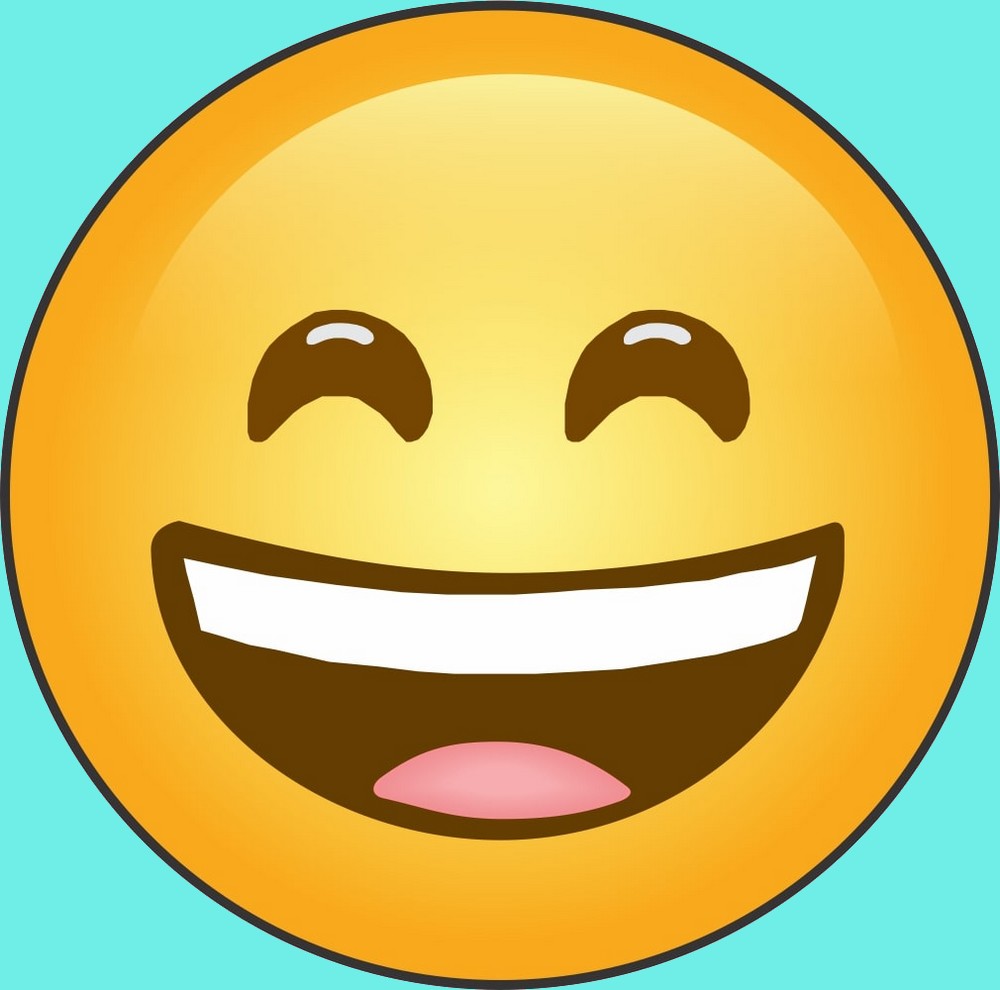Smileys or emojis originally come from Japan. They have been used in Japanese web pages and the country's electronic messages. Emojis are pictograms that represent different emotions. Gradually, they spread around the world and are, to this day, widely used by Internet users.
Discover in this article the différentes significations de l’émoji visage très souriant aux yeux rieurs 😄 !

😄 Meaning: What is the meaning of this emoji?
What better way to express joy and amusement than with this emoji? A yellow face with extremely smiling eyes, almost rieurshe embodies theenthusiasm and the rejoicing. To maintain a warm discussionThis smiley face is very appropriate.
To differentiate between the many types of smiley that represent joy, this one is also apropos in humorous situations.
React to a comic situation
Regardless of the humour, whether it's a teasing, of the puns, of the fun word games or other, this smiley fits the bill. To show your sense of humor when faced with a comic context, don't hesitate to use it.
In another sense, the emoji with a smiling face and happy eyes shows that you're not taking a situation seriously.
Combine mischief and complicity
The shape of this emoji's eyes is exaggeratedly wrinkled. This may express maliceor even a point of mischief. There mockery is not excluded in response to a joke.
However, it can be taken the wrong way if you don't share a a certain familiarity and complicity with the person you're talking to. However, the smiley with laughing, amused eyes helps to establish a relaxed, comfortable atmosphere during a discussion.
This smiley, which particularly relates joy and thefun has many names. It can be recognized as the mocking emoji, or the taunting smiley, but also the prankster emoji.
The different typographies that correspond to the laughing eyes and happy face emoji are: 🙂 🙂 =) (: and there is also a cat version. This smiley mainly conveys joy, although it can be gently sarcastic or a little mocking.
Etymology and generality of the emoji
In its literal sense, the word emoji means "... image in letter ". The "e" for image and "moji" for letter. Compared with emoticons, emojis are more diversified and personified. Standardized for all devices and social networks, some emojis reflect typical Japanese culture.
These include the man bending over to apologize, and foods such as noodles, sushi and ramen. However, despite their origins, smileys and emojis have been standardized and now correspond to what is known as a unique code or unicode.
To find out more about smileys, see our other articles such as :






